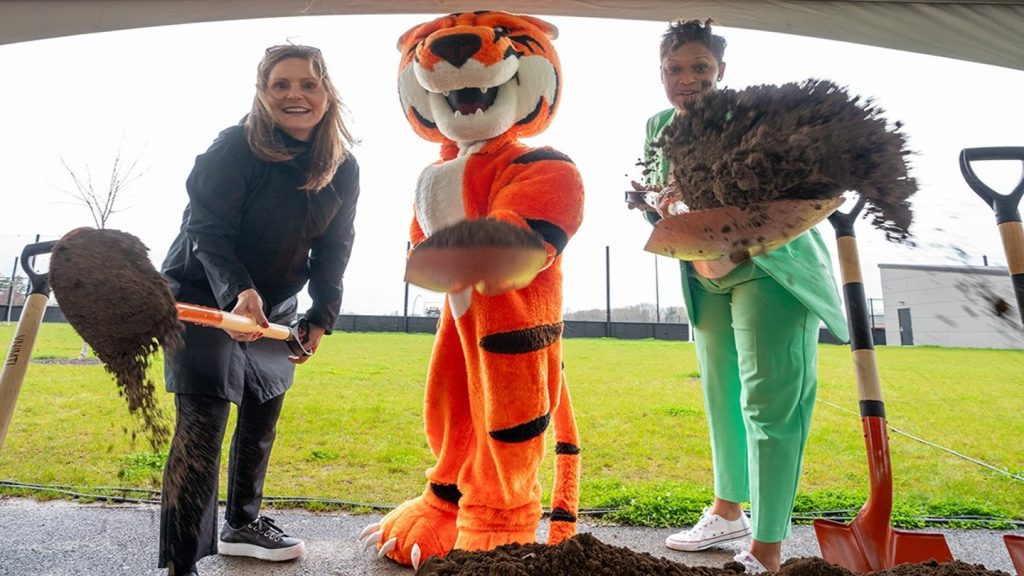In November 2010, at a ceremony in Zürich, FIFA president Sepp Blatter revealed that the host of the 2022 Football World Cup would be Qatar. As the winning delegation leapt from their seats in triumph, the look of disbelief on the faces of those around them was palpable. This desert emirate with an average August high of 44°C, no football heritage to speak of, and only one stadium capable of holding a major international fixture, was to host the world’s biggest and most prestigious sporting event?
Outrage ensued. In England, the media and even members of the country’s World Cup bidding committee accused Qatar of having bribed key decision-makers in order to secure victory. England bid chairman Lord David Triesman put forth evidence of ‘improper and unethical’ behaviour against a number of FIFA officials and, although the jury is still out on these accusations, the stream of opprobrium continues.
This indignation and intrigue is unfortunate, as it has detracted somewhat from certain exceptional aspects of Qatar’s bid. Aware that desert temperatures could prove an obstacle to the tournament’s success, the country asked a number of engineering and design firms to propose ideas for a new kind of stadium, one that could offer the perfect environment for professional sport regardless of external conditions. In addition, all designs had to be environmentally responsible, an idea that Arup, the eventual winners of the competition, picked up and ran with.
"Qatar really wanted to demonstrate to FIFA that it could provide the right environment in a sustainable way," explains Mike Beaven, Arup’s head of building services and environmental engineering. "Initially the proposal was for just a stand, but after some workshop sessions the ambition grew for something stronger. That’s how the decision to create a zero-carbon solution came about."
What resulted was a five-a-side stadium named the Showcase. Located in capital city Doha, it combines a number of cutting-edge renewable technologies for the provision of cooling, shade and power. As well as being a prototype for future Qatari stadia, The Showcase is a test of the effectiveness of sustainable technologies and how they can be integrated into a single zero-carbon solution.
See Also:
"We have designed football stadia and we’ve designed low-carbon technologies, but this is the first time they’ve come together in this way," Beaven explains. "We wanted to use tried and tested components within a pioneering framework. FIFA only visits once, so if we’d still been fiddling about with bits of equipment it would have presented a real risk. This is a pilot plant – it demonstrates that these ideas together are viable and practical."
How well do you really know your competitors?
Access the most comprehensive Company Profiles on the market, powered by GlobalData. Save hours of research. Gain competitive edge.

Thank you!
Your download email will arrive shortly
Not ready to buy yet? Download a free sample
We are confident about the unique quality of our Company Profiles. However, we want you to make the most beneficial decision for your business, so we offer a free sample that you can download by submitting the below form
By GlobalDataThe stadium’s cooling system is driven by long blocks of solar heat collectors. Attached to these are a series of motorised mirrors that track the sun and reflect its rays onto collecting tubes, within which hot water circulates. This heat energy is converted into cool water by absorption chillers, stored in eutectic tanks underneath the stadium and circulated into the air-handling units for use in the evening.
When the game begins, air is emitted from beneath the seats, flowing down to the pitch to create optimum temperatures on the field and in the stands. The cooling process is aided by a double-skinned roof canopy, which can be turned 360° to provide shade or protection from strong winds, another climactic feature of the emirate. Its exterior is coated with Teflon, to reflect the sun, and the interior is coated with ethylene tetrafluoroethylene to seal the cool air inside the stadium.
"This was the first time we’d tried a solar heat-to-cooling system and it has worked as well as could be hoped," Beaven explains. "We spent a lot of time looking at what temperatures are required to mitigate the risk of injury. FIFA has a guideline, not a rule per se, that if the temperature exceeds 30°C the game should be played in three 30-minute thirds rather than two halves to give greater opportunities for rehydration. This can play havoc with television scheduling. When FIFA visited the site it was 44°C outside but only 23°C on the pitch. This is well within the comfort band, not even recognised as a risk scenario."
The power to play
Outside the stadium is a photovoltaic sun farm, which is connected to the stadium’s electrical mainframe and the national grid. These panels continuously export energy to the grid, with this power being brought back into the stadium to meet higher demand on match days. Combined with biofuel-powered generators, more electricity is created than the amount that needs to be imported for sporting events over the course of a year, leading to a zero-carbon outcome.
As zero-carbon principles begin to be applied to larger-scale stadia, the hard work will truly begin. Although Beaven believes the technologies on display in the Showcase are technically scalable, the way they are combined is not necessarily suited to the site and infrastructure of every stadium. Designers will need to gain a deep understanding of a project’s power requirements and the technological solution that best fits the purpose.
"The issue of how much energy you really need to generate to produce a zero-carbon solution is one of the big ones," Beaven says. "In larger stadia, different techniques might prove more efficient. The big questions are how many events will be held during the year? How close will the renewable energy sources be to the stadium? And how much energy will have to be produced by these renewable sources to power the venue, while staying zero-carbon? Nothing is easy when you are pioneering."
However architects and engineers choose to generate the required amount of renewable power, Beaven is quick to emphasise that clean energy, boundless though it may be, is not a replacement for sustainable design and practice.
"The temptation might be, because renewable energy is free, to just produce more of it," he explains. "Then you don’t have to think about how design can limit a building’s power demands. But the big picture is about resource use. If you use all your resources in one function, you’ll have none free for others. You need a joined-up approach by which you do not just have renewable technologies, but also look to reduce the energy consumption of buildings and make their needs sustainable."
The clever integration of environmentally friendly technologies can aid this. There is nothing preventing the building of a zero-carbon stadium that is separated from its renewable energy source, even by many miles. The photovoltaic panels can be plugged into the grid and associated with the stadium without being directly connected. Beaven, however, believes that a more integrated approach, if done well, can prove extremely efficient.
"The great thing about integration is that you can do more than one thing with the same element," he explains. "For example solar trappings, as well as collecting thermal energy, could be used to provide shading for a car park. The tracking solar devices may be two-dimensionally tricky to place straight onto a roof. So why not put them on a shading structure instead, which could provide a dual purpose? It’s about creating something that does more than one thing at a time, while maintaining the benefits of each technology."
Long road ahead
In order to be ready in time for 2022, Qatar has an awful lot of work to do. Merrill Lynch estimates that it will cost the country as much as $65bn to prepare itself, with nine stadia and a completely new city, named Lusail, still to be constructed. Beaven believes, however, that the innovative thinking behind the Showcase is a clear demonstration of Qatar’s commitment to producing a successful event.
"I haven’t heard of any other countries building an environmental technology exemplar to convince FIFA that they are serious about environmental issues," he says. "Sustainability can be presented in a variety of ways, but Qatar was singular in the way it presented its commitment and is already looking at how it can use this sort of technology in the future."
Beaven also thinks that the Showcase and the impact that its underlying principles have on the World Cup, could have a positive impact industry-wide. "I think we have caused a bit of a stir in the stadium-design community," he says. "Rather than just keeping the rain off and providing some shade, I think this project has shown it is possible to provide additional comfort and air-conditioning in a stadium environment while being environmentally sensitive. It’s punching above its weight, which I must say is rather nice."
With so many technical and environmental challenges to overcome, the Showcase may not be the only flash of innovation to emerge from the run-up to Qatar 2022.





